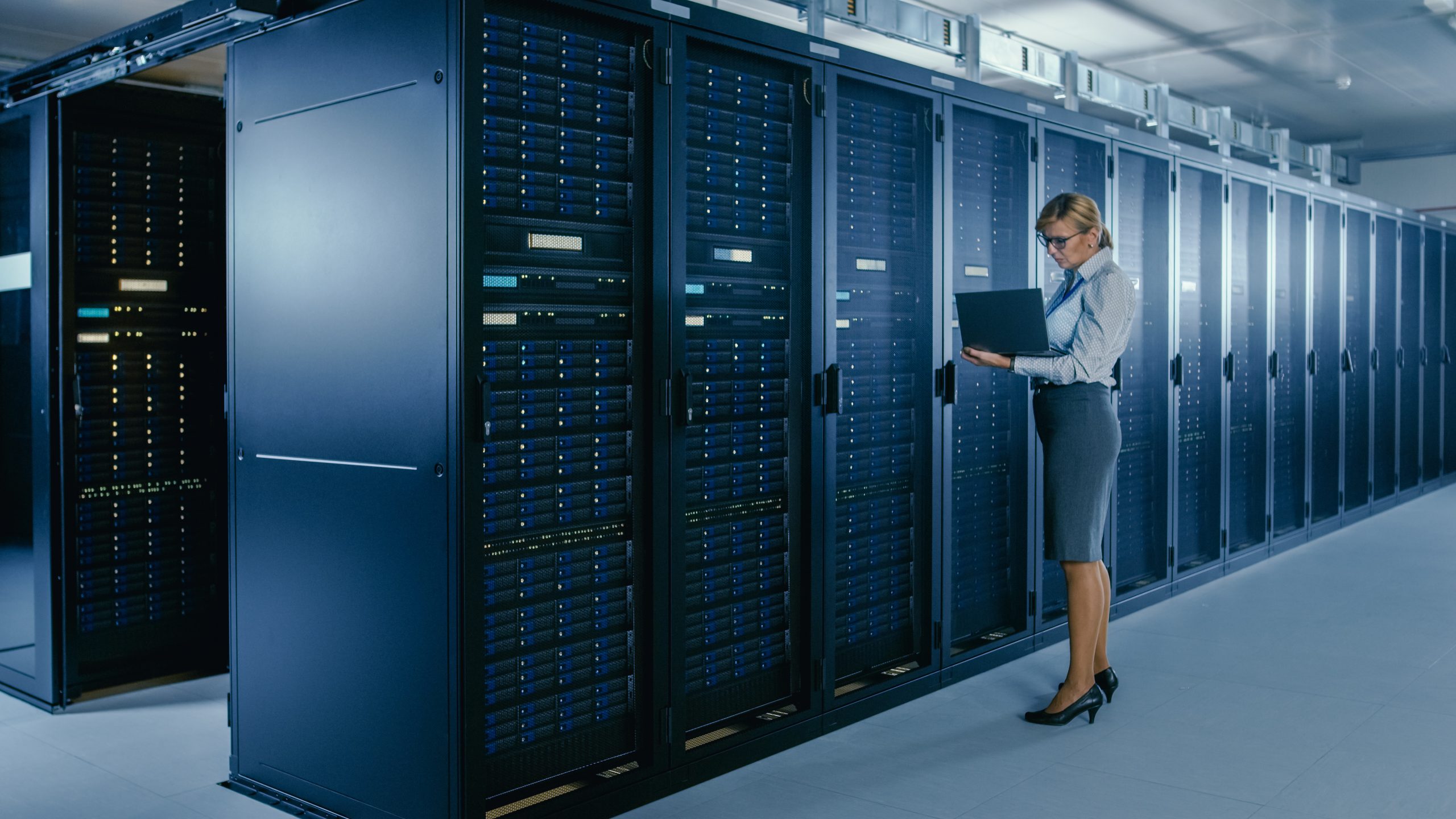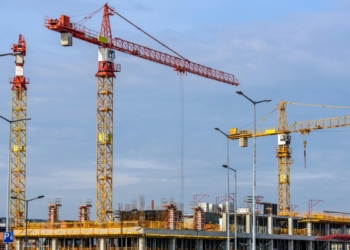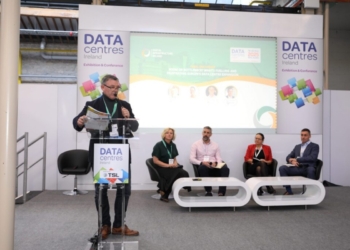How data centre operators can tackle skills and sustainability
Author: Beatrice

By Danel Turk, Global Segment Leader for Data Centres at ABB
How can data centres cope with the skills shortage?
The skills shortage is a persistent challenge for data centres. According to research by The Uptime Institute, half of data centre engineers will have retired in a few years. But demand for data centres won’t decrease, so neither will the demand for more staff, technicians, and engineers. The sector needs to find ways to close this skills gap.
One possible solution lies in digitalisation. Investing in digitalised equipment gives you access to equipment that is simpler to use, service, and maintain. Less experienced staff can then carry out tasks that previously required senior engineers and technicians. Modern solutions use augmented reality (AR) like ABB CLOSER and RAISE to provide operators with support.
Using a smartphone camera, an operator can see the instructions laid directly over the equipment, which makes troubleshooting a lot more simple and straightforward. If that is not enough to solve the problem, then the operator can use the same interface to call for additional support from a remote technician.
ABB piloted this AR service solution during the pandemic, when in-person maintenance was more difficult, but is starting to realise it’s uses extend much further than this. Complex problems can be fixed by more novice engineers, and fixes that previously required an external maintenance team can be carried out by your own staff. This not only eliminates costs and emissions from their travel, but could also prevent costly downtime if that issue was time-sensitive.
How can data centre operators improve their sustainability?
Sustainability is another key challenge for data centre operators. This is driven by consumer preferences as well as corporate strategy – customers want green data centres, while the corporate board aims to meet increasingly stringent emissions targets.
The Standard Performance Evaluation Corporation (SPEC) showed server power consumption has increased by 266% since 2017. So first, we need to make sure that power is coming from renewable sources.
Second, battery energy storage systems (BESS) have the potential to help data centres get closer to net zero targets and meet regulations. A BESS can help integrate renewable energy by buffering the variable energy from renewable sources like wind and solar. Also, BESS can help to provide services back to the grid, which will generate additional revenue.
What is the current state of BESS?
BESS are much more viable at scale today because of decreasing overall costs. Li-ion cells are around a fifth of what they were 10 years ago in terms of kWh. The payback period of BESS is also decreasing with the rising market of frequency regulation, load shedding, and other ancillary services for utilities. However, it is unlikely that the prices of BESS will decrease again for another few years, and may even increase slightly, so Danel says his advice would be to invest now.
Clever use of BESS can make negotiating with governments easier. As data centres take up more and more grid capacity, less power is available for surrounding homes and businesses. A BESS combats this pressure on data centres by providing load shifting and frequency response to the grid – aiding negotiation with the distribution network operator (DNO).
Another way to facilitate negotiation is by adopting modular construction. Building up a data centre in 20MW blocks over 10 years is much easier for governments to permit than immediately installing 200MW of capacity. Capacity can then be increased along with demand – optimising revenue and minimising wasted capacity.
Are there any other ways of improving sustainability?
Other ways to improve sustainability involve improving the energy efficiency of the equipment across all aspects of data centre operations. Digitalised equipment also helps here as operators gain more insight into the energy use of their system, so can make changes to parameters to increase system efficiency.
Operational expenses are also reduced by using digital, cloud-connected equipment. A remote operator can detect potential issues before they become major problems. For example, a small vibration might be detected by a sensor, then a maintenance team can perform condition-based maintenance to prevent equipment failure and eventual downtime.
Data centre operators need to adopt a sustainability strategy that aligns with their business goals and stakeholder expectations. A sustainability strategy is no longer just a nice-to-have item; it may determine whether an operator succeeds or fails in the future.








